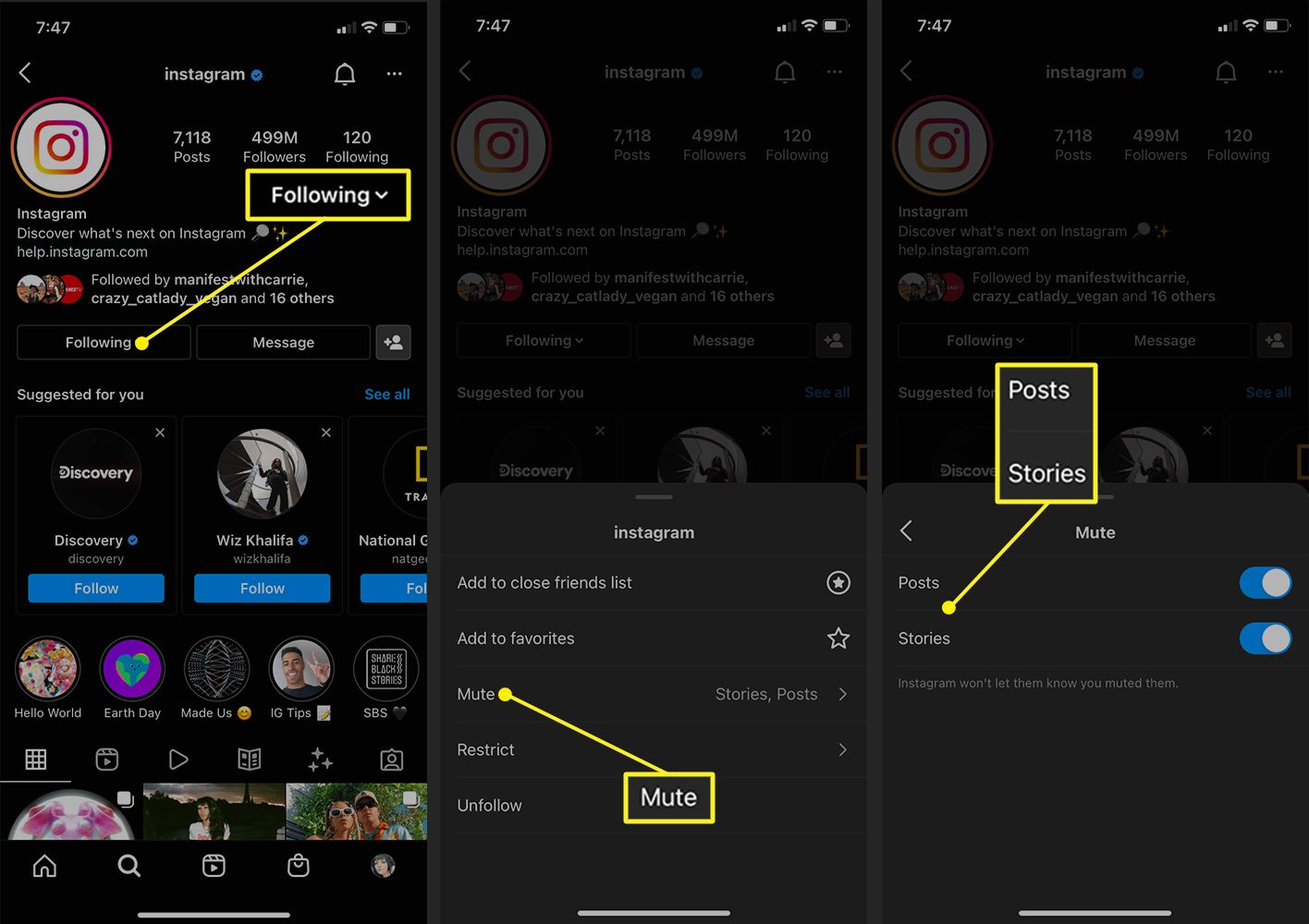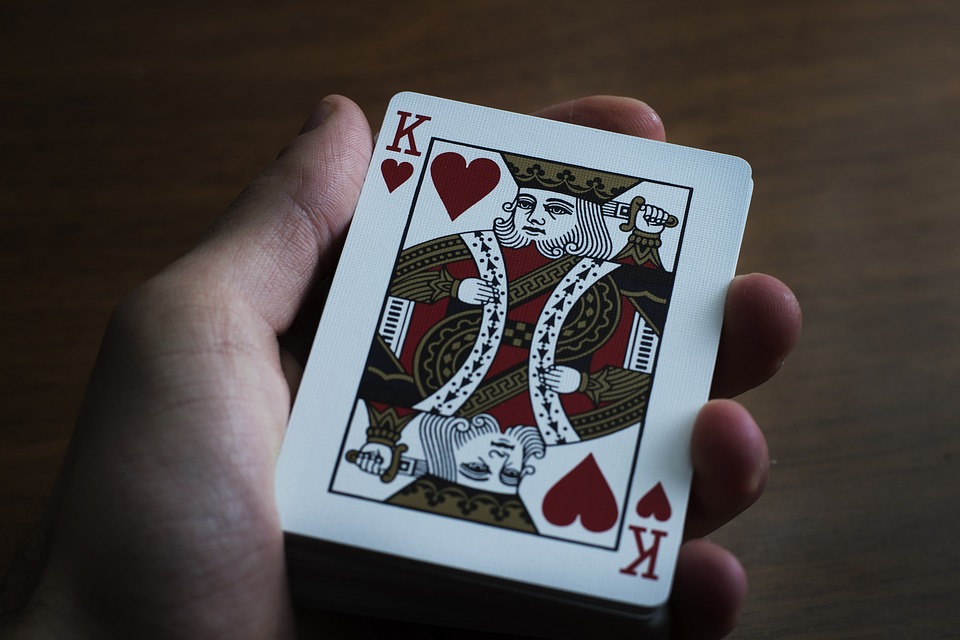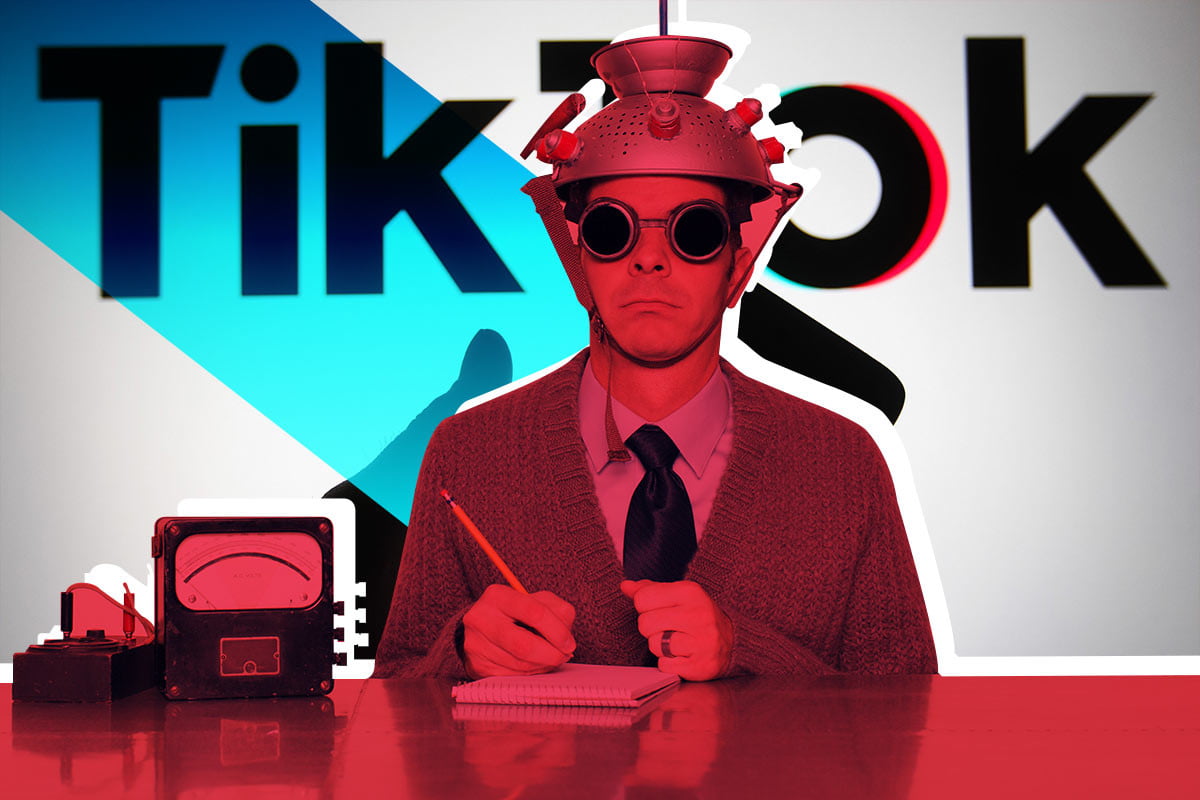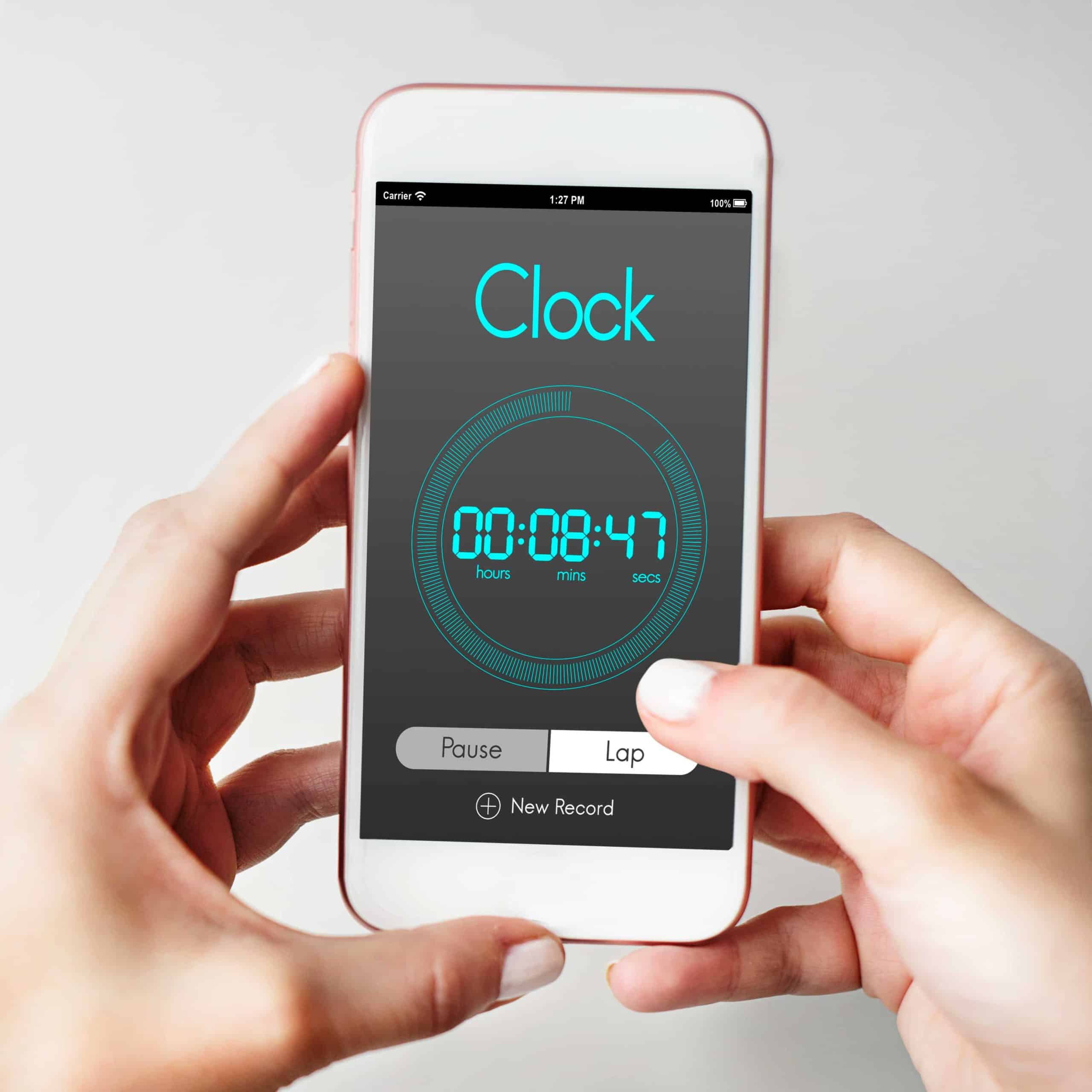Have you ever faced the challenge of removing Sharpie ink from your skin? Permanent markers, such as the well-known brand Sharpie, are versatile tools designed for use on various surfaces like plastic, wood, metal, and clothing. They contain a unique ink composition that includes chemicals like xylene and toluene, which contribute to their long-lasting qualities. Removing these stubborn marks on your skin can be a source of frustration, and the question of whether Sharpie can be removed from the skin can cause concern.
However, there’s no need to worry, as we’ve discovered several effective methods to help you quickly eliminate Sharpie ink from your skin. You can confidently try any of the techniques listed below. Keep reading to learn more about how to remove Sharpie ink from your skin!
Table of contents
How To Remove Sharpie From The Skin
According to the Northern New England Poison Center, it typically requires a span of two to three days for permanent marker ink to naturally diminish from the skin.
To expedite the removal process, you can integrate one of the subsequent techniques into your washing regimen, but it’s essential to note that you may need to repeat these methods multiple times before observing any noticeable changes.
Additionally, it’s crucial to steer clear of certain abrasive substances like baking soda and bleach when attempting to remove the marker from your skin. Likewise, avoid using any ingredients that you are known to be allergic to.
Here are a few ways to remove Sharpie from the skin:
1. Sea salt scrub
Sea salt possesses inherent exfoliating qualities. When combined with lukewarm water, you can create a mild scrub to exfoliate the outermost layer of your skin. Experiment with blending equal quantities of salt and warm water to form a paste. Delicately massage, avoiding excessive rubbing, the scrub onto your skin twice daily.
READ ALSO: How Many People Survived The Titanic? Explained
2. Olive oil or coconut oil
If you happen to have olive or coconut oil in your household, you can apply a small quantity to your skin and softly massage it before rinsing off. These oils can potentially adhere to your outer skin layer. In principle, the oil may then bond with the stubborn permanent marker marks on your skin, aiding in their gentle removal.
3. Baby oil
The concept behind mineral oil, such as baby oil, is that it can adhere to surplus oils on the skin and subsequently eliminate any substances. Theoretically, this same principle might be effective for removing permanent marker stains.
To use, apply a small quantity of oil to the marked area, then proceed with your regular washing and rinsing routine. However, exercise caution if you have a tendency to develop acne, as the application of additional oils could potentially trigger more breakouts.
SEE ALSO: How to Remove No Chip Nail Polish | Simple Guide
4. Whitening toothpaste
The qualities found in whitening toothpaste, which aid in reducing surface stains on your teeth, might also have the potential to remove Sharpie from your skin. Apply this technique two times daily.
Additionally, for added benefits, you can employ a fresh toothbrush for exfoliation. Delicately massage in circular motions over the stained skin and rinse thoroughly.
5. Chemical-based removers
Household chemical-based removers can remove permanent marker pigments if you’re in a pinch. These include:
- rubbing alcohol
- nail polish remover
- hand sanitizer
You can use these up to twice per day. Apply a small amount with a cotton ball and rinse with warm water.
READ ALSO: How to Remove Sticker from Car Window | Simple Guidelines
6. Makeup remover
Makeup remover can serve as an alternative for eliminating Sharpie ink from your skin. This approach is milder compared to using household chemical-based removers. Apply the makeup remover using a cotton ball and gently massage it in a circular motion for a few seconds. Afterward, rinse your skin thoroughly with warm water.
How Long Does It Take To Get Sharpie Off Skin?
Through the body’s natural oil production and regular bathing, Sharpie marks can naturally fade away within a few days. For a quicker removal, you can use rubbing alcohol or other chemical-based removers. Typically, when relying on natural oils and household items, it may necessitate repeated applications over 1-2 days to completely eliminate the Sharpie marks.
FAQs On How To Remove Sharpie From Skin
You can try using items like rubbing alcohol, hand sanitizer, toothpaste, baking soda, or coconut oil to remove Sharpie ink from your skin. These household items can help break down the ink and make it easier to wash off.
Rubbing alcohol is generally safe for use on the skin to remove Sharpie ink. However, it can be drying, so it’s a good idea to moisturize your skin after using it. If you have sensitive skin or any adverse reactions, discontinue use and rinse thoroughly.
Yes, you can use makeup remover to remove Sharpie ink from your skin. It’s a gentler option compared to some household items and chemical-based removers. Apply it with a cotton ball and gently rub it in a circular motion.
Whitening toothpaste may potentially help lighten Sharpie ink stains on the skin, thanks to its stain-removing properties. Use it in a gentle manner and rinse thoroughly.
Conclusion
Permanent marker stains on your skin will naturally diminish over time due to routine washing and the natural oils produced by your pores. However, if you wish to expedite the removal process, you can explore the home remedies mentioned earlier.
Exercise caution and refrain from using any substance to which you are aware of being allergic or sensitive. If you experience rashes or swelling as a result of permanent marker stains on your skin, it’s advisable to consult a medical professional.
References
- healthline.com – Removing Permanent Marker from Your Skin
- choosemarker.com – How to Get Permanent Marker off Skin Without Alcohol?






